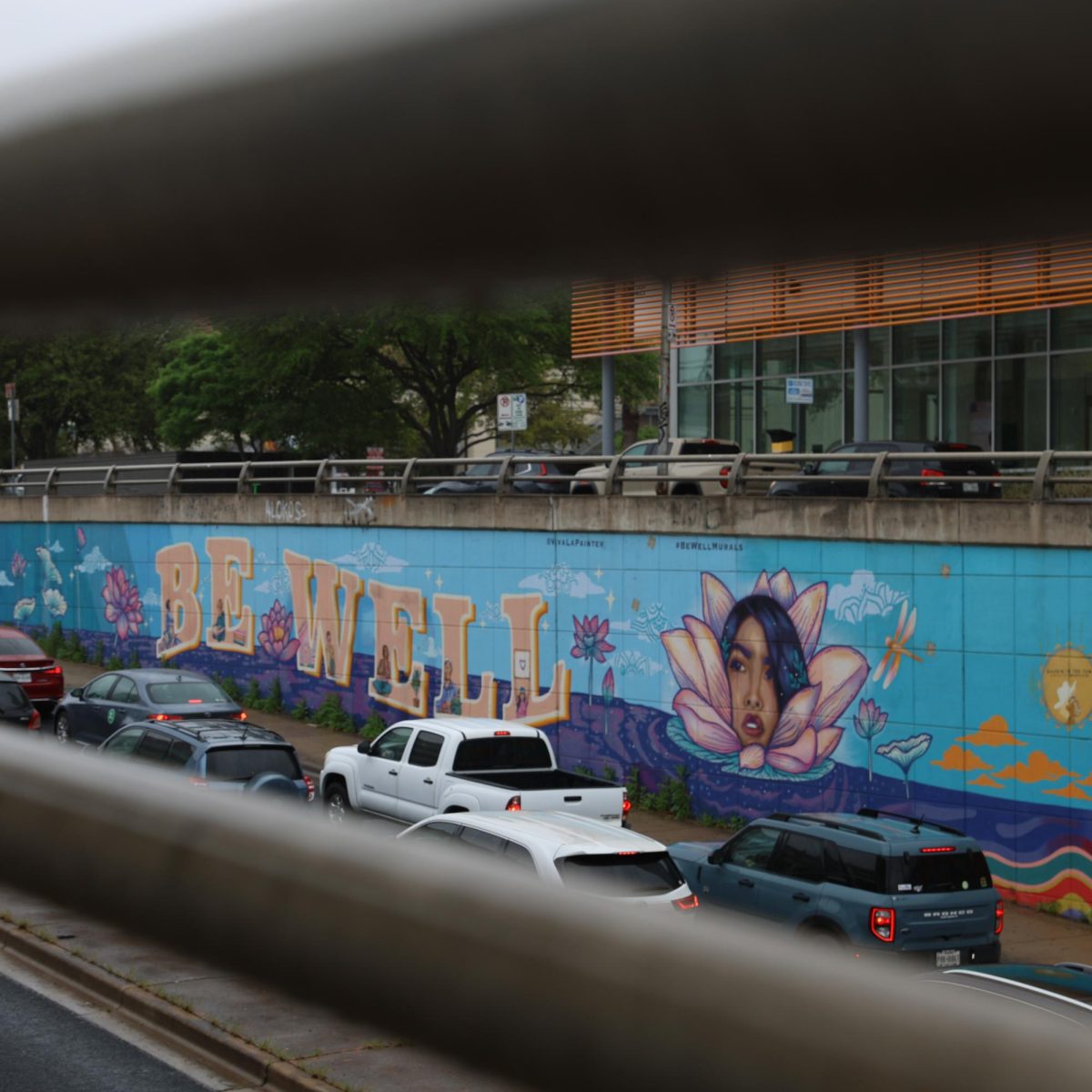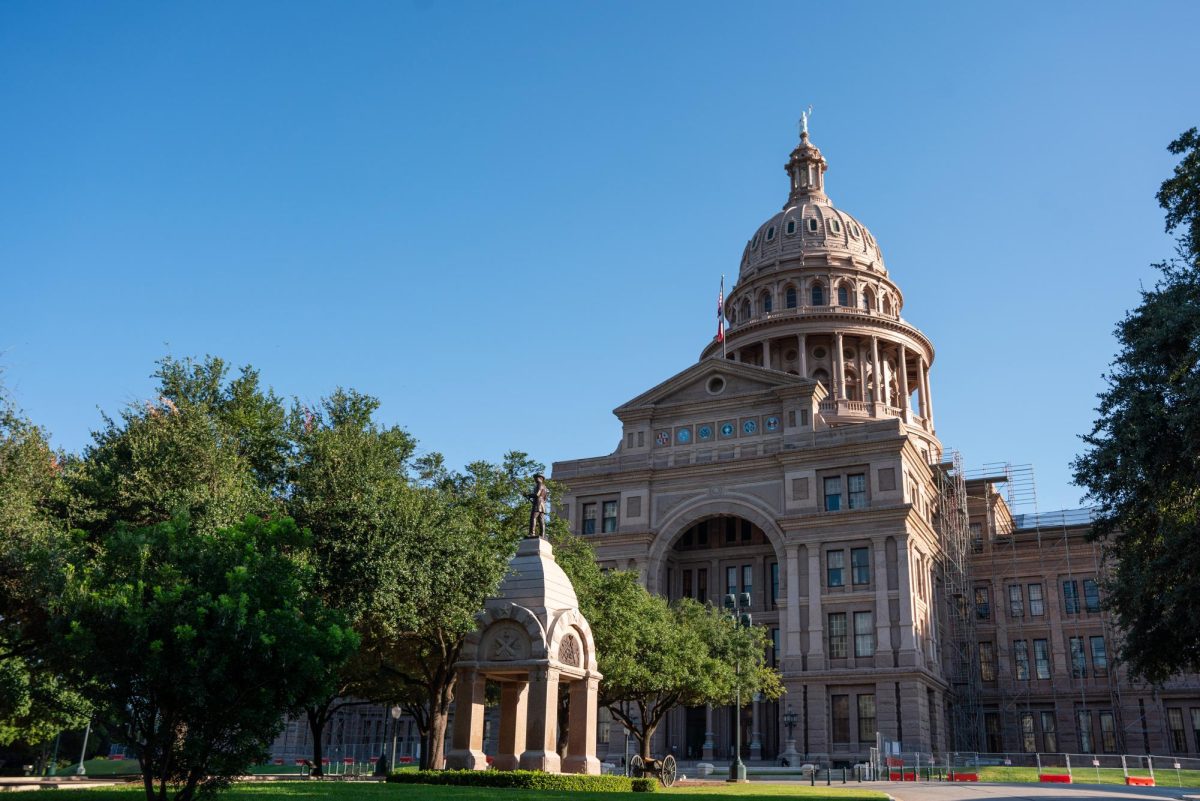Research shows the ineffectiveness of single-sex education, in which students are segregated by sex, and its contribution to the increase of gender stereotypes, according to a report released Sept. 23 by psychology and women’s and gender studies professor Rebecca Bigler and members of the American Council for CoEducational Schooling.
The report is called “The Pseudoscience of Single-Sex Schooling” because there is no scientific evidence that boys and girls learn differently from each other, and it looks at why single-sex schooling exists, Bigler said. She said there are conflicting hypotheses about the benefits of single-sex schools.
“Gender stereotypes restrict [childrens’] friendships and the skills they learn from other kids, such as verbal skills, reading emotions and using nonphysical ways of influence,” Bigler said. “[Without diversity they] miss out on what could be learned from others, and it affects career goals because kids that endorse more gender stereotypes have much different occupational goals.”
One of the major arguments for single-sex schooling is that boys and girls have different brains and different ways of learning and therefore needed to be separated, but research found otherwise, Bigler said.
The researchers, including Lise Eliot, a neuropsychologist who studies brain development, found no differences between girls’ and boys’ brains supporting single-sex schools, Eliot said.
“Our argument is that not only do [single-sex schools] not promote academic achievement over coeducational schools, but they have the downside of causing kids to be more sexist and being institutionally sexist,” Bigler said.
She said that from research of children, whenever a child’s environment is organized and labeled by a social group, he or she develops stereotypes and prejudices.
“College students should care about the direction of education and [consider if] we want to put tax money into creating single-sex schools when there’s no evidence it works,” Bigler said.
According to the U.S. Department of Education, Title IX of the U.S. Education Amendments outlaws discrimination on the basis of sex in schools receiving federal funds.
Bigler said that changes were made in the interpretation of Title IX that for the first time allowed for single-sex public schools. Public schools that were single sex had been illegal for decades until 2006, and now single-sex public schools have been opening around the country, she said.
The Ann Richards School for Young Women Leaders is a single-sex public school in the Austin Independent School District, said Michelle Krejci, executive director of the Ann Richards School Foundation.
“It’s a process where the applicants are selected based on grades, TAKS scores, teacher recommendations and an essay,” Krejci said.
She said they don’t look for the straight-A students but the girls who do exceptionally well in all areas to get a diverse background of girls.
Krejci also said they are like other magnet schools in Austin because students must submit applications, and the best candidates are chosen based on performance and their desire to attend college.
“One of the things I’ve learned is that there has been a debate about single-sex schools for years, all I know is that Ann Richards School is successful and it’s working here in Austin,” Krejci said.
AISD proposed opening two more single-sex middle schools, according to AISD’s Draft Annual Facilities Recommendations, which is set to be finalized by Dec. 12.
Printed on Wednesday, October 5, 2011 as: ''Study shows single-gender schools cause stereotypes''




















